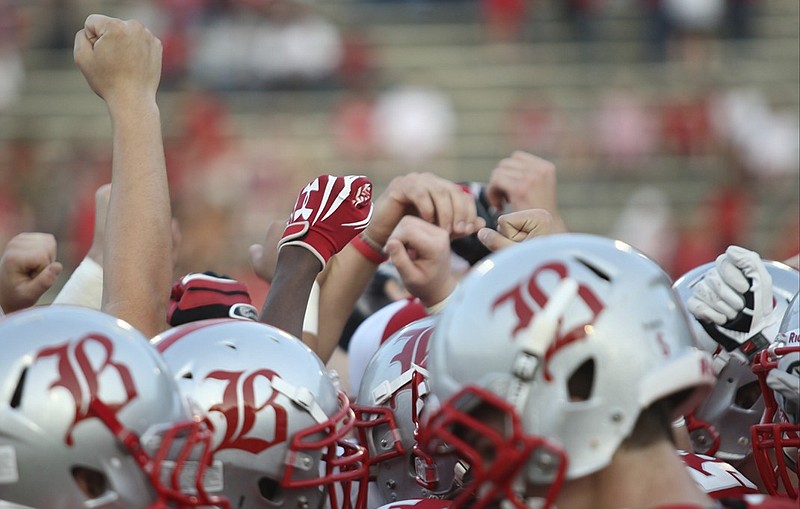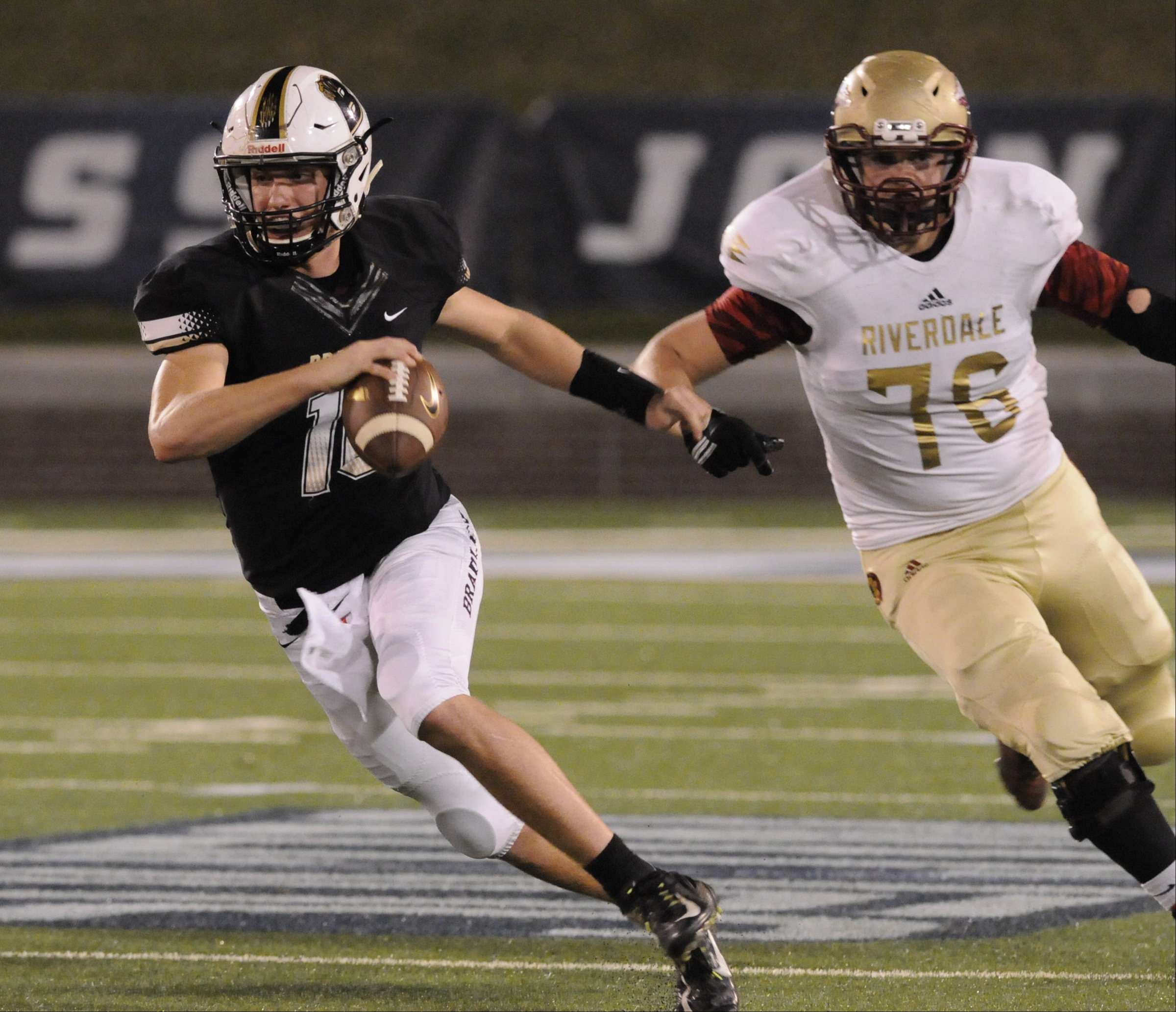NASHVILLE - During a special called meeting Wednesday, the TSSAA Board of Control voted to once again make major changes to the landscape of the state's football classifications and playoff system.
On the heels of last year's decision that any independent school opting to give financial aid (including work-study programs) must compete in Division II, the board voted to add one classification to D-II for football only.
That move is in anticipation that most of the 24 independent schools currently playing in Division I, commonly known as the public school league, will choose to make the move to D-II. Those schools have until Oct. 14 to officially inform the TSSAA of their intentions to either move to D-II or remain in D-I.
Also during Wednesday's meeting at TSSAA headquarters, the board voted to maintain six public school classes, meaning Tennessee will now crown nine state champions (six in D-I, three in D-II) in football.
The rules changes are effective beginning with the 2017-18 school year.
"We surveyed those 24 independent schools, and their responses lead us to believe that the great majority will go to Division II," TSSAA executive director Bernard Childress said. "We are working under the assumption that we are going to have a lot of movement from Division I to Division II.
"This will really protect the smaller independent schools."
The breakdown for the new D-II football classes means schools with enrollments of up to 265 students will compete in Class A, schools with enrollments of 266 to 530 will be placed in AA and schools with enrollments of 531 or more will compete in AAA.
There will be two classes for all other D-II sports except bowling and wrestling, which will each have one class.
A committee of 11 D-II administrators from across the state recommended to the TSSAA that the three classes be divided evenly. That proposal failed however after a split 6-6 vote by the Board. Several administrators of the larger D-II schools voiced their displeasure with the numbers the TSSAA will use to divide the classes.
"I'm not sure where that number (530) came from as far as where to draw the line for Class AA and AAA," Baylor athletic director Thad Lepcio said. "We had hoped it would be a figure that would help bring more schools into our classification, which would help all of us when it comes to scheduling games and travel.
"Instead the cutoff is set up to where we may have as many as 11 or as few as seven teams in our class, which means we'll still have to travel across the state for league games and will likely have to look outside the state for nonleague games."
As it stands, there would likely be about 20 D-II schools in Class A, another 20 in AA and between 7 and 11 in AAA.
The board also voted to remove the rule that no D-I school can be moved up more than one class due to the multiplier, a formula that multiplies the enrollment of independent schools competing in the public school league. By lifting that restriction, any small independent school that had thought of remaining in D-I will now face the likelihood of being moved up multiple classes to compete.
"That's a huge move," Childress said. "We always had it there so schools wouldn't be forced to move up more than one class. I can understand how that might affect some schools' thought process when it comes to deciding which division to compete in."
While the board voted to keep six classes in D-I football, it did tweak the way those teams will be divided into classes. Beginning next season, every football-playing public school will be split evenly where classification is concerned, meaning the TSSAA will divide the total number of schools by six to give each class the same number of teams competing in the playoffs.
That will likely mean several teams currently competing in 5A will move up in classification.
The board also accepted TSSAA recommendations to keep three public-school classes in basketball, baseball and softball, and added a class for D-I volleyball and soccer, giving those sports three classes as well. D-I track and field, cross country, tennis and wrestling all will have two classes; bowling will continue with just one class.
Contact Stephen Hargis at shargis@timesfreepress.com or 423-757-6293.

